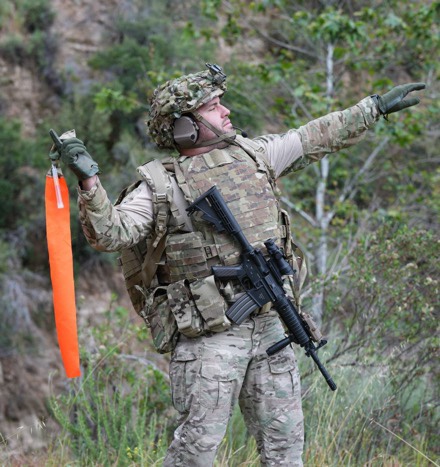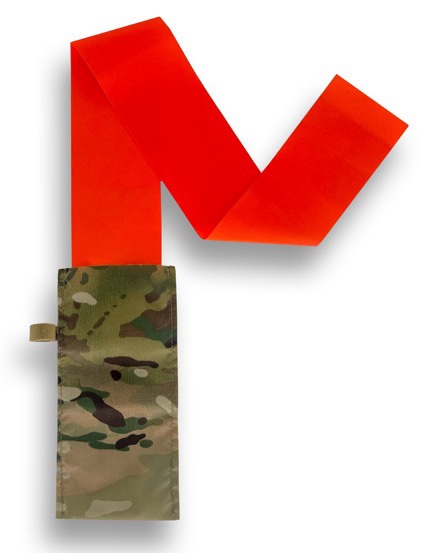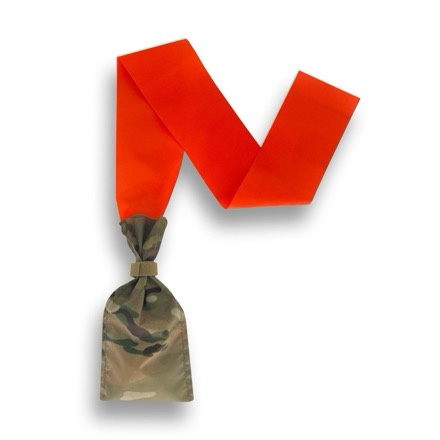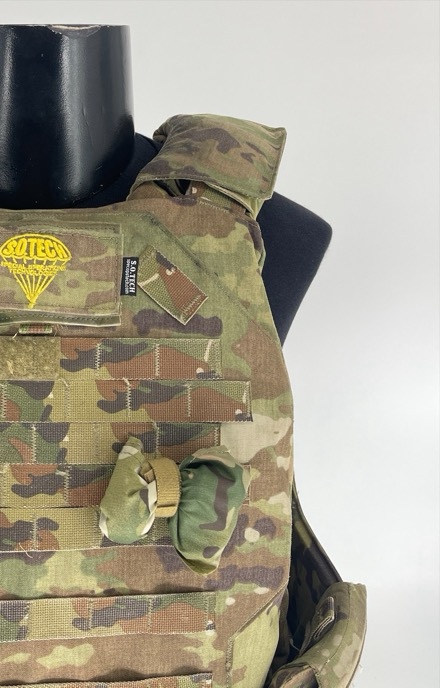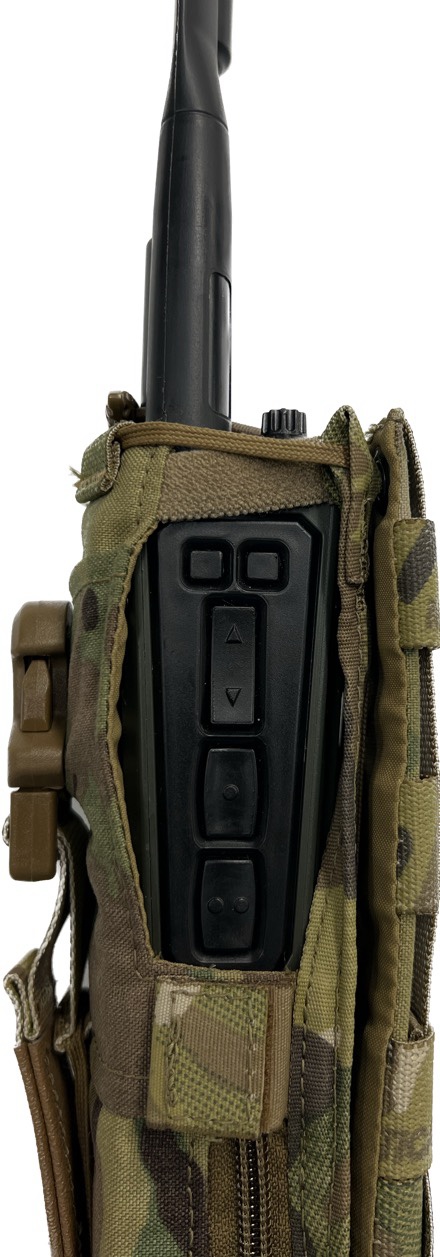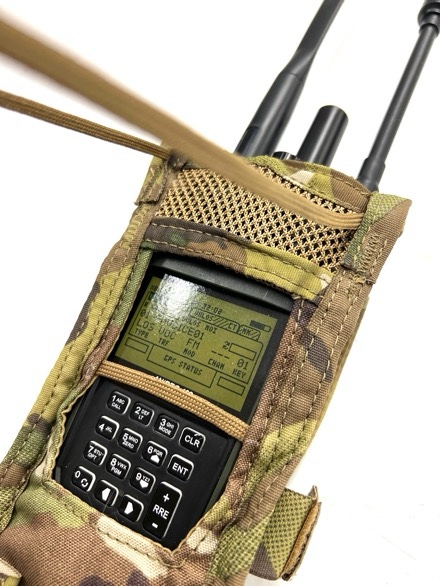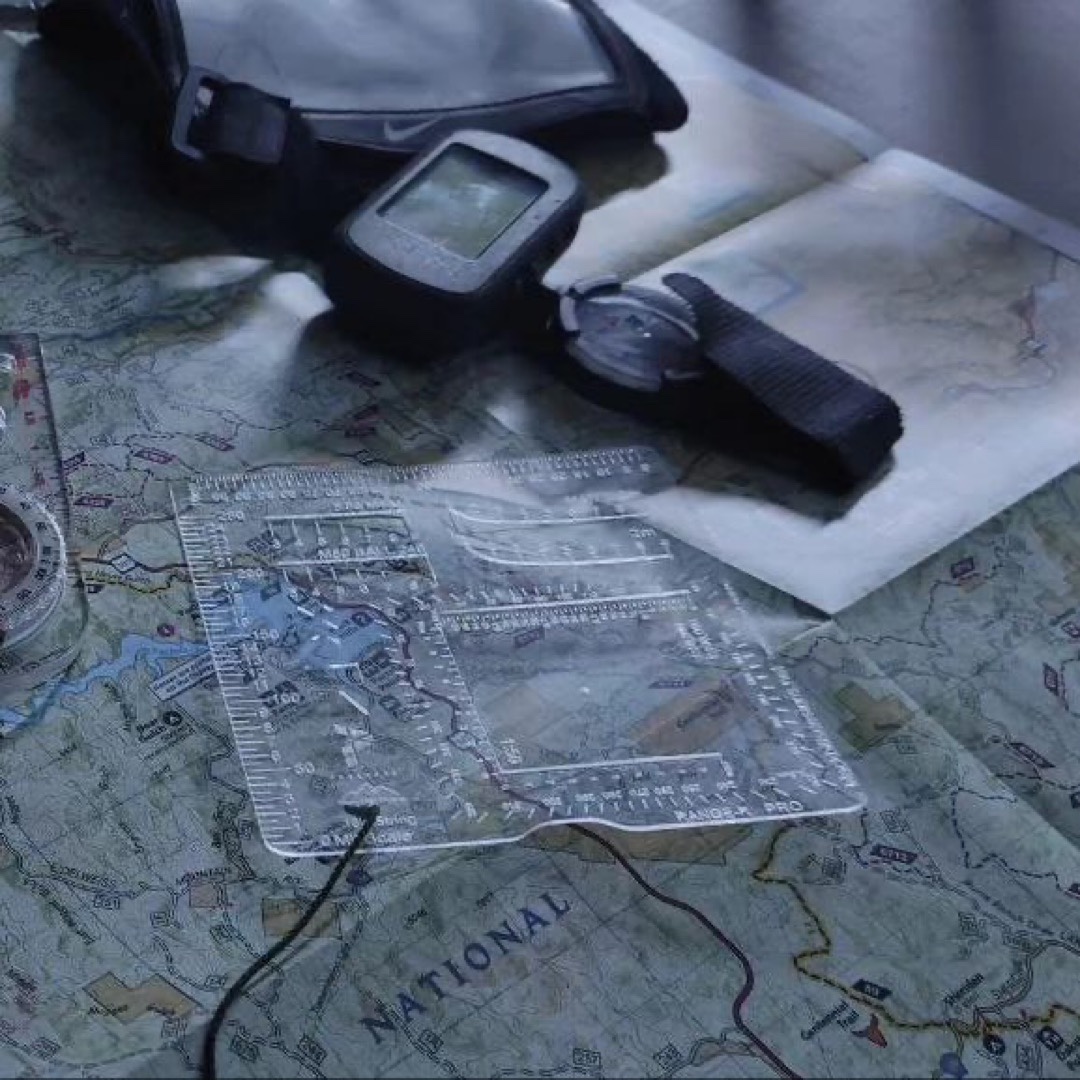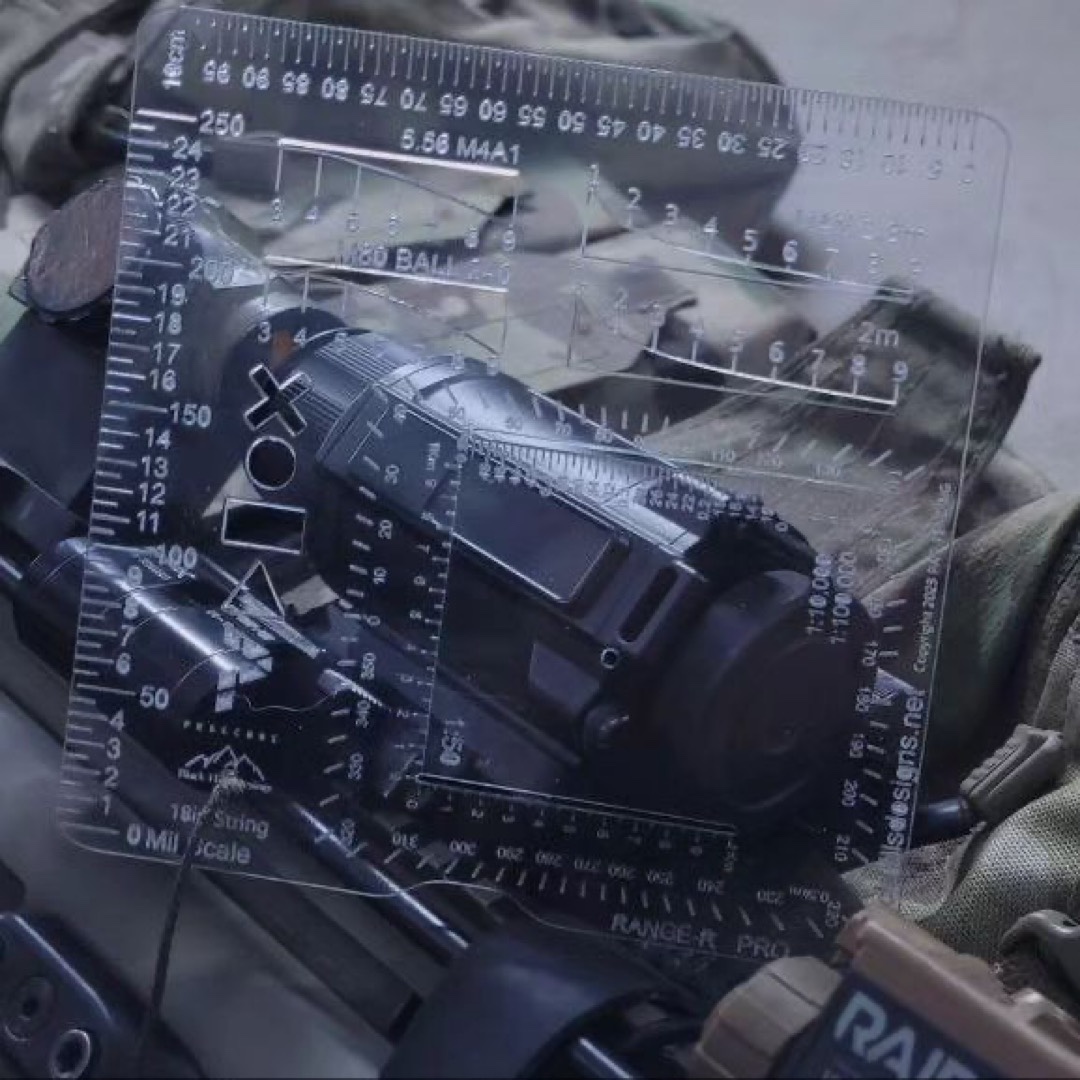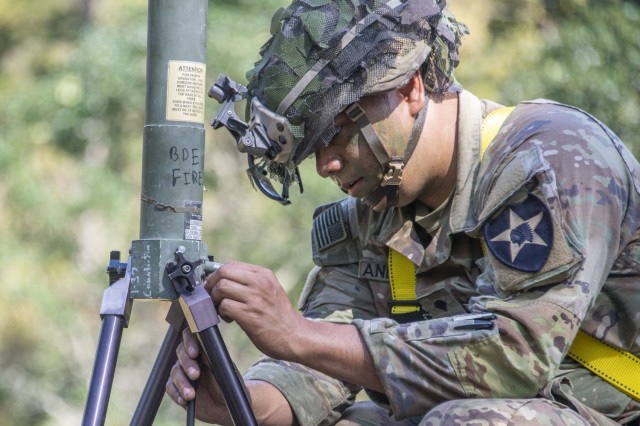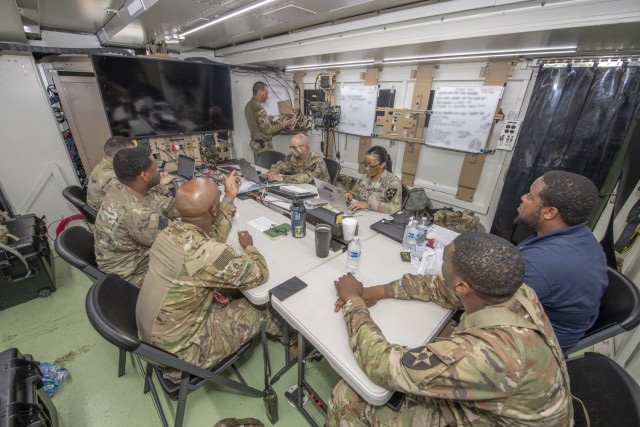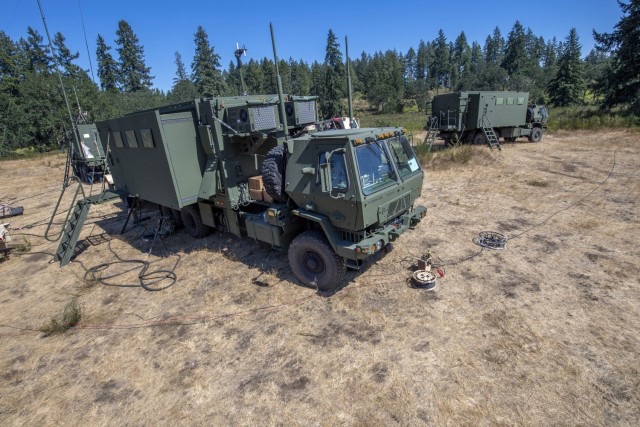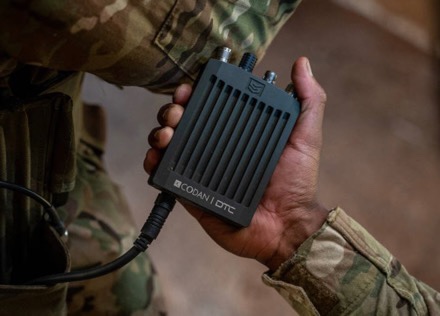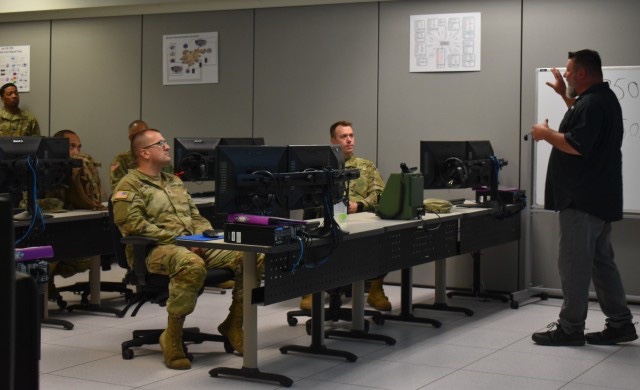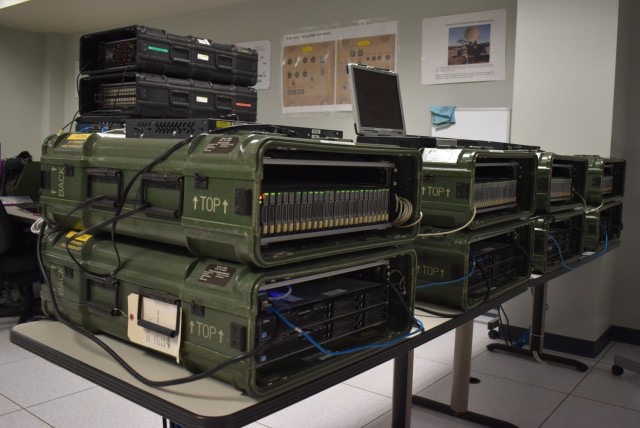Scottsdale, AZ, 14 August 2023 – Juggernaut.Case, a leading innovator in rugged protection, mounting, and cable solutions for military and first responder smartphone devices, proudly announces the pending release of four new models to complete its OPRTR line of products, reaffirming its mission to supporting the warfighter. With a focus on combat-proven gear for smartdevices, Juggernaut.Case introduces a full suite of rugged smartphone cases to meet the unique needs of tactical field communications.
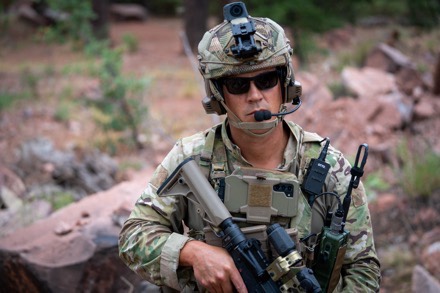
The most recent innovation in enhanced EUD (end user device) protection and functionality launched with the Samsung Galaxy S22 OPRTR, marking a design upgrade from the legacy SLEEV case that was fielded by tactical units worldwide. Building on the increased demand for EUDs on the battlefield, especially the Samsung Tactical Edition models, Juggernaut.Case is excited to unveil the much- anticipated additions to the lineup: the Galaxy S22 Ultra, S23, XCover6 Pro, and the reintroduction of the S20 model.
Key Features and Benefits:
• Support for Tactical Edition (TE) Smartdevices: Juggernaut.Case extends its support to all Samsung TE devices, ensuring ongoing support for the models most commonly fielded by the warfighter.
• Complete Ecosystem of Secure Mounts: The new models seamlessly integrate with Juggernaut.Case’s comprehensive ecosystem of secure mounts, providing versatile on-body or vehicle mounting solutions for various operational scenarios.
• Connectivity to Tactical Peripherals: The Juggernaut.Case MIL-SPEC sealed cables facilitate connectivity to tactical hubs and radios, enhancing full communication systems integration and expanding operational potential.
• Future-Ready VELOX Compatibility: Juggernaut.Case OPRTR cases are engineered with future compatibility in mind, aligning with the upcoming VELOX ecosystem for sustained readiness.
The integration of smartphones and tablets into Command, Control, Communications, Computers, Cyber, Intelligence, Surveillance, and Reconnaissance (C5ISR) systems continues to evolve for U.S. and Global Coalition Forces. The new models are poised to support this evolution by protecting, mounting, and connecting smartdevices, ensuring they withstand the rigors of mission-critical tasks.
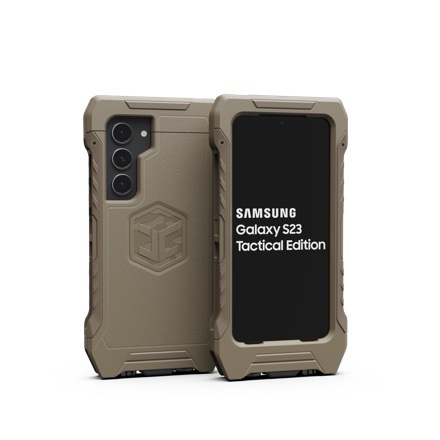
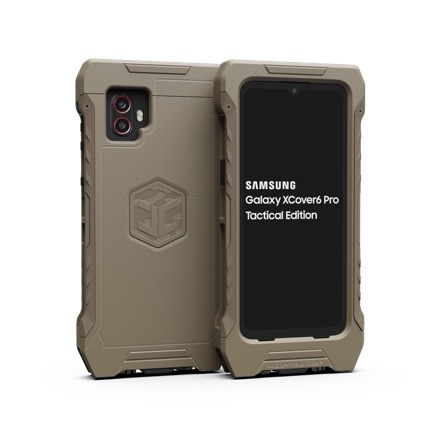
Target Release Dates:
• Galaxy S22 Ultra: Late August 2023
• Galaxy S20 & S23: Late September 2023
• XCover6 Pro: Mid November 2023
Juggernaut.Case is now accepting bulk pre-orders for the U.S. government’s end of fiscal year 2023. This strategic timing ensures that military and first responder personnel can equip themselves with the latest cutting-edge technology for upcoming missions.
“We remain steadfast in our mission to support the warfighter with the most advanced and reliable solutions,” said Chris Stalzer, Co-Founder & Subject Matter Expert at Juggernaut.Case. “These new additions to our OPRTR line represent a significant step forward to enhance device functionality, durability, and overall performance.”
For inquiries, please contact:
Jennifer Ortiz, Head of Sales & Marketing, ortiz@juggdef.com, 480.248.7103
www.juggernautcase.com
Instagram: www.instagram.com/juggernautcase
Facebook: www.facebook.com/JuggCase
LinkedIn: www.linkedin.com/company/juggernaut.case


